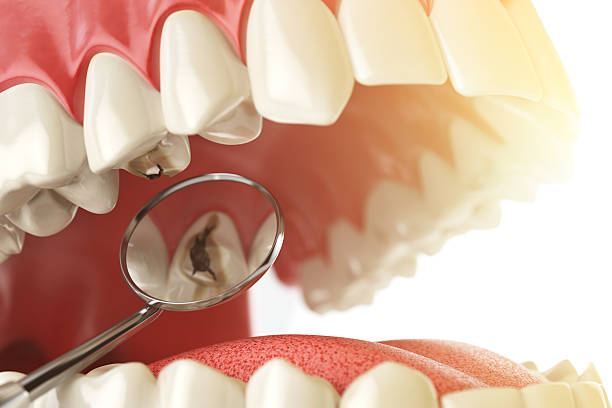Dental Caries; One of the Most Prevalent Chronic Diseases of People around the World
Dental Caries is a condition of tooth decay and cavity formation. The dental cavity, also called tooth decay or cavities, are permanently damaged areas of the teeth that develop into tiny openings or holes. They are caused by various factors, such as frequent snacking, bacteria in the mouth, not cleaning teeth well, and sipping sugary drinks. Since the dental cavity does not progress without the bacteria present in dental plaques, daily plaque removal by rinsing, flossing, and brushing is one of the best ways to prevent dental cavities.
They are the result of untreated tooth decay. Over time, they may cause holes that go deep into the teeth, sometimes all the way to the root. However, the condition can be prevented with the right approach to oral hygiene. There are three types of caries, such as root caries form on the root of the teeth. Proximal caries forms between adjacent teeth, while the third type of caries occurs on any smooth surface of the tooth. Symptoms of a dental cavity include a visible hole in teeth, tooth pain, tooth sensitivity, and white or black staining on teeth.
Risk factors associated with Dental Caries include dry mouth, bulimia, anorexia, and acid reflux diseases, among others. Various methods are used to diagnose and detect dental cavity, such as X-ray, stain, liquid dye, and high technology devices such as lasers. These devices are used to record any changes and examine the enamel structure. Although the early stages of tooth decay can be reversed, cavities don't heal naturally. However, professional fluoride treatments can repair weakened enamel and reverse a cavity in its earliest stages.
Dental Caries remains the most prevalent chronic disease in children and adults, even though it is preventable. According to the Centers for Disease Control and Prevention (CDC), more than 1 in 4 adults (26% of the US population) have untreated tooth decay. Moreover, CDC estimates that nearly one-third of adults between the ages of 20 and 44 have untreated dental cavities that would likely require fillings.




Comments
Post a Comment